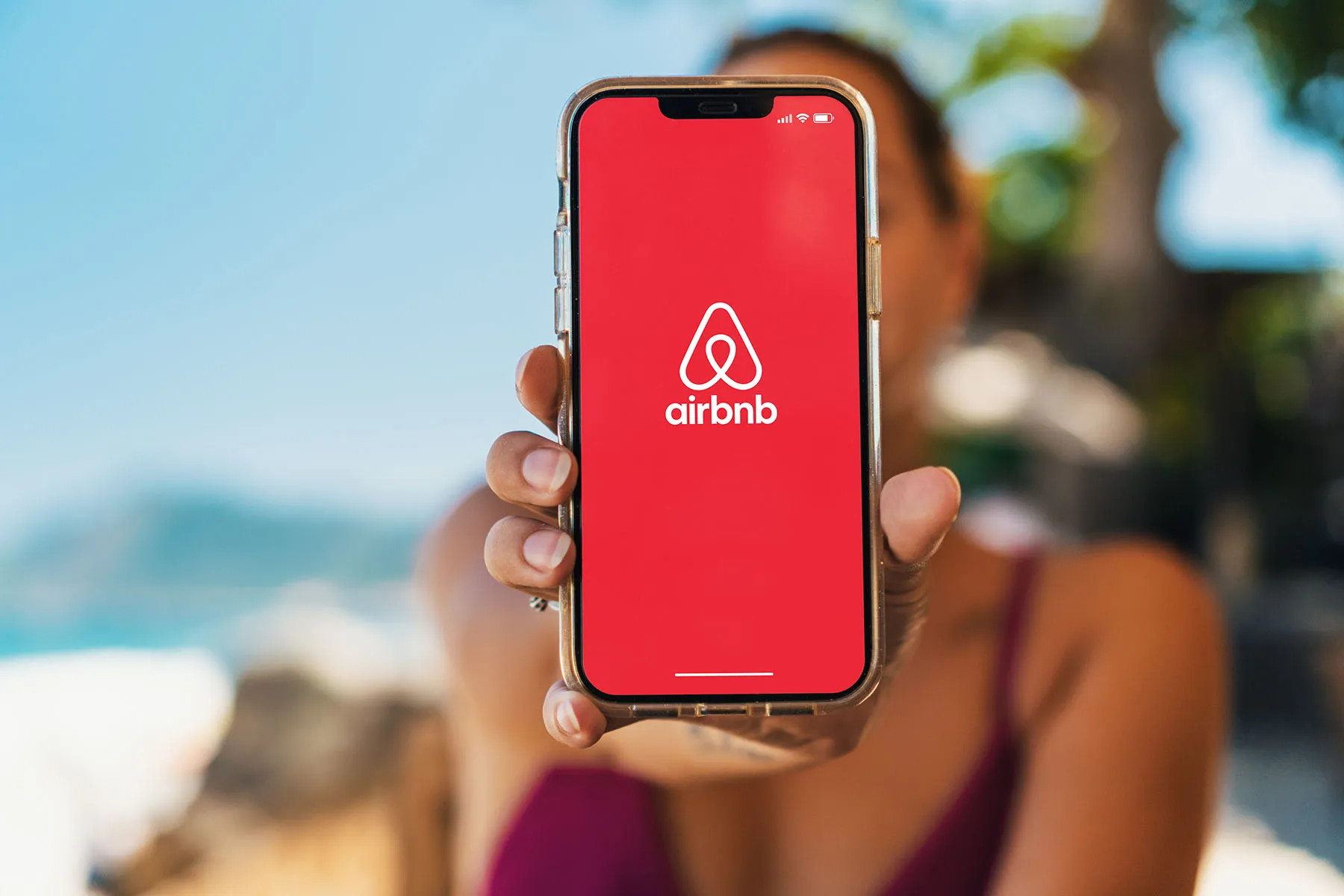Travel Marketing Across Generations in 2020: Reaching Gen Z, Gen X, Millennials, and Baby Boomers

Skift Take
This sponsored content was created in collaboration with a Skift partner.
Creating a successful marketing campaign is only expected to get more complex in 2020 as media consumption for travelers of all ages becomes increasingly fragmented. At the same time, consumers are becoming more skeptical about data and privacy concerns and are seeking out more authentic messaging that resonates with their values.
Understanding the ins and outs of your target audience will become even more crucial to planning effective travel marketing in the year ahead. Being aware of generational differences across Gen Z, Gen X, millennial, and baby boomer travelers will help travel marketers authentically engage these unique groups.
A Common Thread
One thing that travelers across generations and locales do share, according to research from Expedia Group Media Solutions, is the fact that activities and experiences drive their travel decisions. The research found that travelers of all ages ranked activities and once-in-a-lifetime or cultural experiences significantly higher than value or getting a good deal. The massive size of the market is proof as well. Skift Research estimates that the global tours and activities market will reach about $183 billion in revenue by 2020, up from $135 billion in revenue from 2016.
Knowing that emotion — not price — is behind travelers’ decision-making processes means travel marketers should showcase unique activities and experiences through dynamic campaigns. Here’s how to drill down to the kinds of activities each generation prefers and how to best reach those generations.
Baby Boomers Put a Specific Focus on Food and Activities
Baby boomers, born between 1946 and 1964, are decisive, confident travelers not heavily driven by budget. They prefer active, outdoor exploration and sightseeing, as well as culinary travel experiences. According to Expedia Group Media Solutions’ research, 40 percent of U.S. baby boomers plan their travels around food and drink, and that increases to 67 percent for Chinese and Mexican baby boomers. The study also found that U.S. boomers spend more of their travel budget on food than any other generation — 19 percent — and only 9 percent of their budget goes to attractions or tours.
Based on the survey’s findings, drawing in boomers by focusing on food tourism has a high chance of not only increasing demand but also providing a more balanced distribution of visitors and growing a destination’s local culinary scene.
One example of a destination that did this successfully was Puglia, Italy. Working with Expedia Group Media Solutions, the Puglia Tourism Board showcased the region’s gastronomical offerings through an Expedia subsite focused on Puglia Travel Flavors. Visitors to the site can create a personalized three-course menu and are then served up a custom itinerary tied to their chosen dishes’ origins. They can view short videos about how each dish is prepared, local ingredients, and the Puglia landscape and culture. The platform also offers customized travel itineraries based on the menu selections and allows users to share on social media and via email.
Gen Xers Want Family-Oriented Cultural Experiences
Members of Generation X, born between 1964 and 1980, travel less often than other generations. When they do travel, they tend to focus on family-oriented trips and be destination-indecisive.
Although Pew Research called them “America’s neglected ‘middle child’” — often forgotten between the retiring baby boomers and the much larger millennial generation — Gen X makes up more than half of all leadership roles around the globe. Nielsen says they are the most technologically connected generation, and they also spend the most on housing, clothing, dining, and entertainment.
Members of this generation, who value work-life balance, are eager to experience new places and are especially drawn to cultural experiences. Expedia Group Media Solutions found that 71 percent like to explore off-the-beaten-path activities and seek local recommendations, and 70 percent enjoy museums, historical sites, and arts and culture.
According to Media Solutions’ research, the key to getting the attention of Gen Xers is building a creative strategy that goes beyond merely getting them to the destination. The best bet is to engage and inspire these potential travelers through educational and cultural content that immerses them in the local lifestyle.
For instance, Expedia Group Media Solutions worked with Aeroméxico, Barceló Hotel Group, Seadust Cancun Family Resort, and the Mexican Caribbean to create the collaborative and dynamic Dia de los Muertos — or Day of the Dead — campaign. The October 31 through November 2 holiday celebrates the departed by symbolically reuniting the living and dead. The campaign’s custom microsite immersed potential travelers in video, illustrations, and social media about various Day of the Dead cultural traditions, festivities, and activities across Mexico.
Millennials (and Their ‘Generation Alpha’ Kids) Embrace Varied Experiences — on a Budget
Millennials make up the largest generation and also take the highest number of trips annually, according to Media Solutions’ research. Born between 1981 and 1995, they are frequent — though indecisive — “You Only Live Once” (YOLO) travelers who like experiences and exploring the outdoors, often with their young children in hand.
The cliché that you’ve likely heard over and over again still rings true: These confident, ambitious, and achievement-oriented travelers prefer spending money on experiences rather than things. But they don’t, as a group, have a preference for any specific type of vacation. Rather, millennials want variety. Some like high-adventure experiences and others want to relax on a beach. They also seek out all-inclusive, relaxing, and romantic trips. They do, though, watch their travel budget.
Millennials came of age in a digital-first world and often think nothing of sharing their experiences — including travel — online. But their young children, Generation Alphas (those born after 2010), are truly digitally-native. Every week, 2.5 million more Gen Alphas are born around the world. By 2025, this generation will make up 2 billion members. They are expected to be the most transformative generation yet. And they’re already impacting the spending behaviors of their millennial parents.
Travel providers that want to reach millennial travelers can do so by promoting places with fun activities, experiences, and attractions that appeal to the whole family, as well as by making family travel research an interactive, fun, and easy experience that all family members can partake in. Using family-friendly content and messaging and including eye-catching imagery is key.
For example, Expedia’s television commercials market to family-friendly, experience-seeking millennials and their Gen Alpha kids. “Tiger Costume,” for example, shows parents taking their little girl, who’s worn only a tiger costume for months, to the San Diego Zoo where through a glass window, she “meets” a real tiger, face-to-face.
Generation Z Are Mobile-First, Frequent Travelers
Members of this generation, born between 1996 and 2010, are open-minded, bucket-list oriented, and already-frequent travelers seeking relaxation and unique, interactive, social experiences. They value activities and once-in-a-lifetime and cultural experiences more than getting the best price. They spend 11 percent of their travel budget on attractions and tours, the most of any generation.
Heavily influenced by social media, Gen Z is the first digitally native generation, and nearly 90 percent of its members get trip planning inspiration from online social networks such as Facebook, Instagram, and Snapchat. Seventy percent are open to inspiration when planning their travels. They use mobile devices to research and book their travels and share photos from their trips.
Based on these behaviors, mobile-first campaigns that promote unique, compelling, and active, outdoor, “you only live once” activities and experiences — that are Instagrammable, of course — tend to be the best way to reach Gen Z travelers.
The Kenya Tourism Board, for instance, worked with Expedia Group Media Solutions on a global Can You Kenya campaign that targeted younger travelers in Australia, Canada, South Africa, the U.S., and the UK.
Expedia planned which specific activities and experiences to include in the campaign content by sending a popular travel blogger couple to Kenya without a fixed itinerary. Followers voted via Instagram Stories on what activities the couple would do — choosing, for instance, between a hot air balloon safari and a kitesurfing lesson on the beach. The activities, which ranged from sunset yoga in a treehouse to a once-in-a-lifetime visit to an elephant sanctuary, showcased the experiences travelers could partake in while traveling through Kenya. Additionally, follower votes showed which activities and experiences were more interesting to potential travelers, giving the tourism board insight into traveler preference for future marketing campaigns.
Remember that the common generational thread is that travelers, no matter what generation, prioritize activities above all else. But knowing the subtle differences between the generations — including what types of travel they prefer and how they research their travel plans — and using that information to create compelling and targeted messages that resonate with their specific preferences and behavior can make a big difference in the success of your marketing.
This content was created collaboratively by Expedia Group Media Solutions and Skift’s branded content studio, SkiftX.




